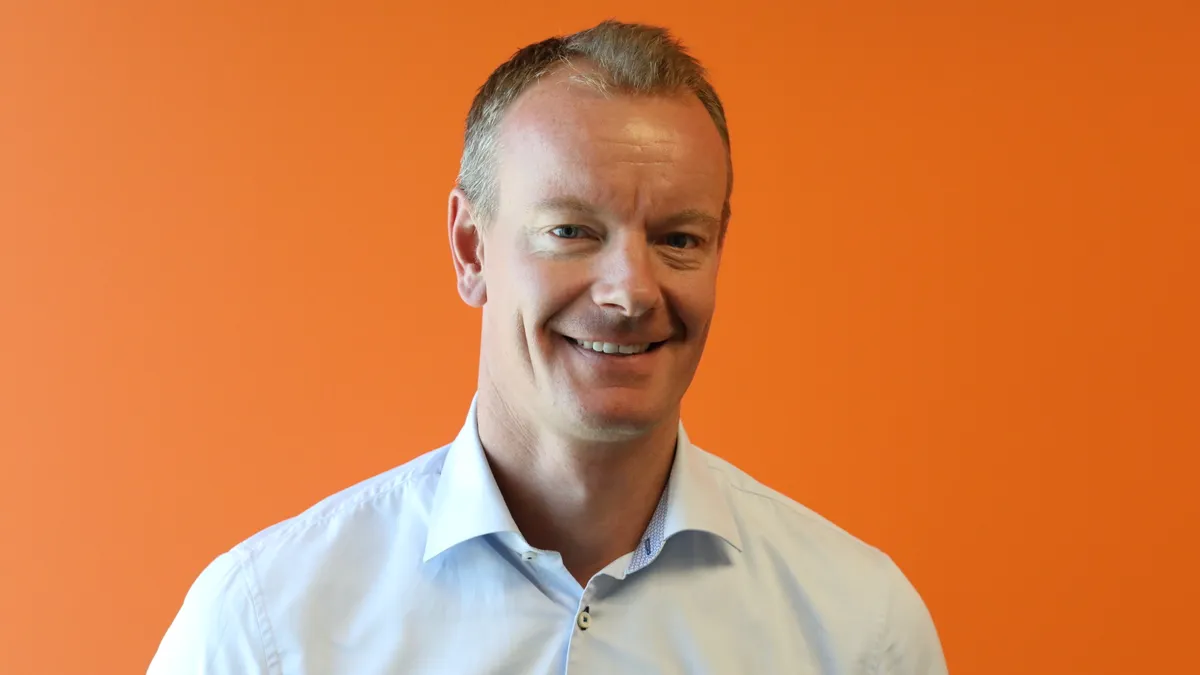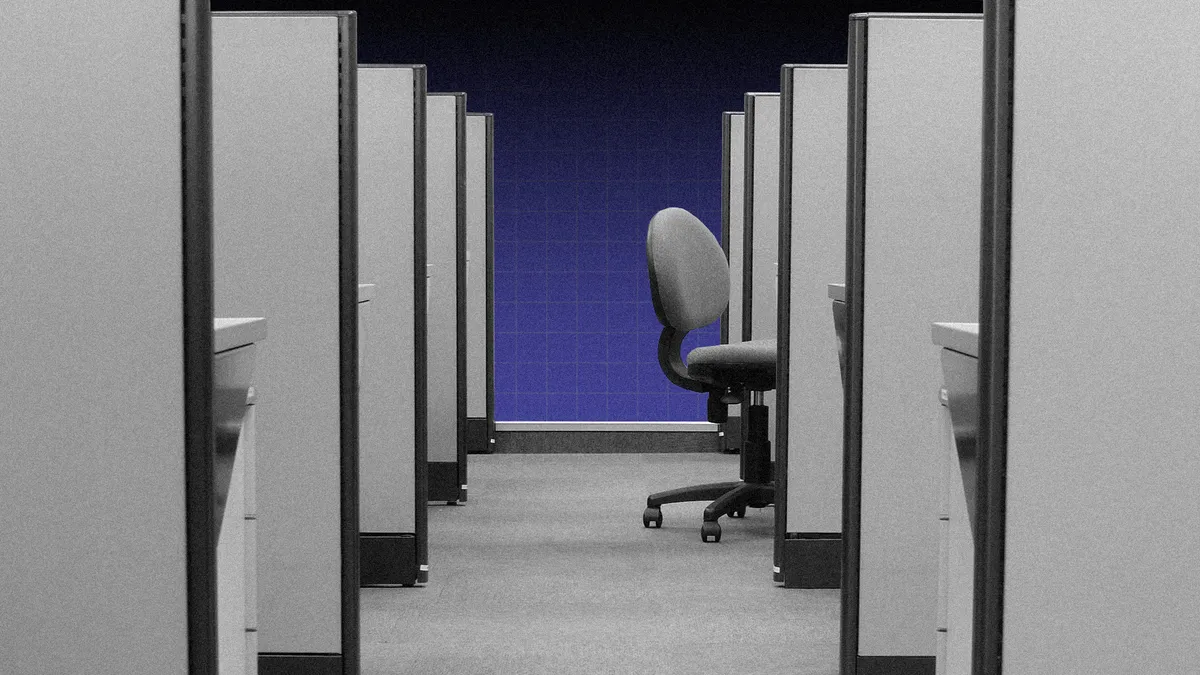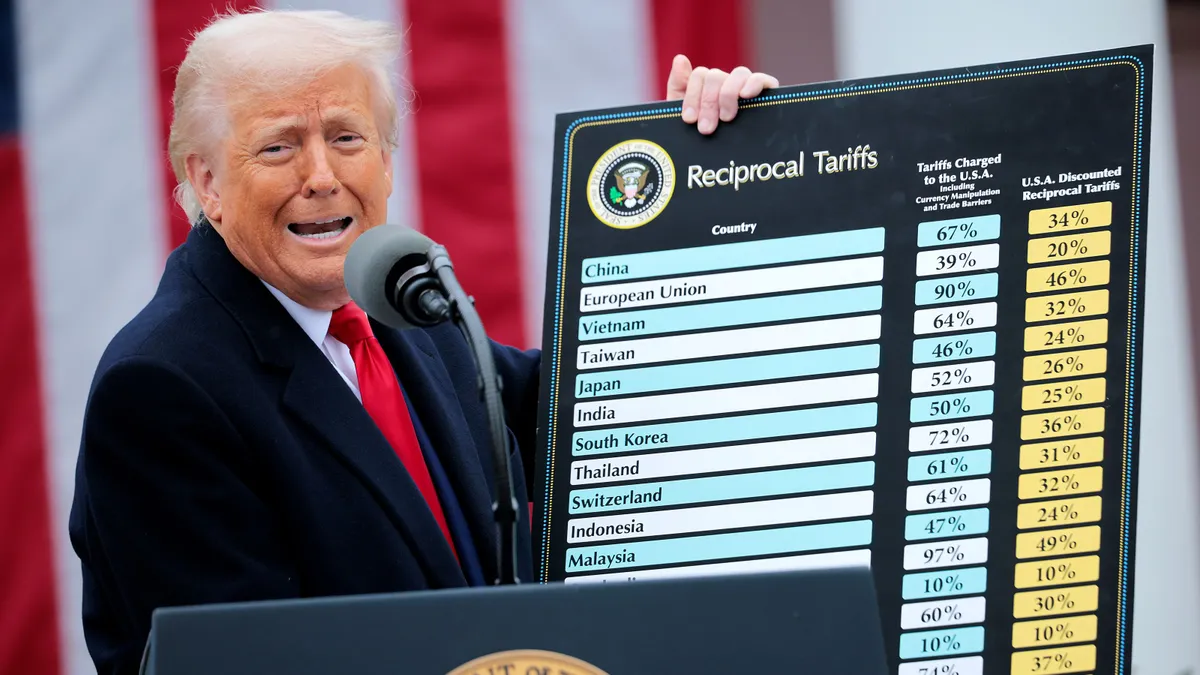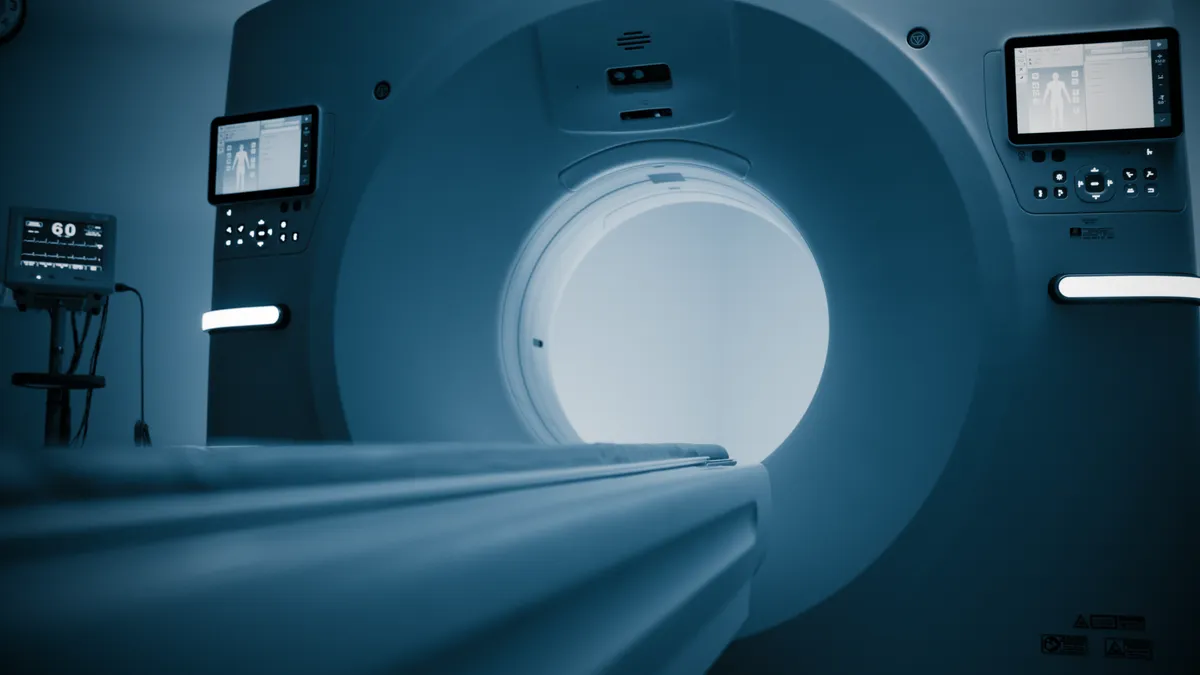In a long-awaited move that could upend the U.S. hearing aid industry, the Food and Drug Administration is expected soon to adopt a proposed rule to let some hearing aids be sold over the counter, finally responding to a directive from Congress enacted in 2017.
Christian Gormsen, CEO of hearing aid maker Eargo, said the new rule could come any day, opening a market the company valued at about $8 billion in 2019, and that could be as large as $30 billion if hearing aids were affordable to all Americans who need them.
Some 45 million adults in the U.S. alone have hearing disorders, and just 25% of them have hearing aids, according to Eargo. Gormsen blames restrictive regulation of the market, and the grip of what he calls the “big five” companies leading the space.
A finalized rule could open access to users by lowering costs, increasing competition and also helping to destigmatize hearing conditions, says Gormsen. It could also open vast markets for the Nasdaq-listed and San Jose, Calif.-based firm, which William Blair estimates will have sales of about $119 million in 2022.
The company has started raising financing following a $34.4 million settlement with the U.S. Department of Justice. The regulator alleged that Eargo submitted unsupported hearing loss-related diagnosis codes on reimbursement claims to the Federal Employees Health Benefits Program, the largest employer-sponsored insurance plan in the world.
Gormsen spoke to MedTech Dive about expanding to retailers, potential competition from Big Tech and the company’s next steps following the DOJ settlement.
This interview has been edited for length and clarity.
MEDTECH DIVE: How will allowing hearing aids to be sold over the counter change the industry?
CHRISTIAN GORMSEN: Over-the-counter hearing aids are about opening access for those with mild to moderate hearing loss, which is about 94% of the 48 million people with hearing loss. When you get into severe to profound hearing loss, that’s a different ballgame. Those are truly severe medical conditions, not a function of aging. Mild and moderate hearing loss is natural, as natural as losing your hair or your vision deteriorating — these things happen as we age.
The OTC rule is really focused on making the market and devices more accessible. But the FDA is still considering them as medical devices. The rule will not change device regulations, which control health, safety and efficacy.
The rule allows hearing aids to be presented in different locations, not just the clinics. It’s obvious that access only through clinics has not driven up penetration, because penetration has not changed for decades. We want more people to hear better. Under the [proposed] OTC changes, I think it’s going to be easier for more retailers to carry hearing aids, now that you won’t be required to have audiologists on site.
Increasing access is probably going to be the key aspect of being able to sell hearing aids over the counter. It’s going to make the device more accessible and grow the market, and that’s obviously going to bring in more competition and bring down pricing. Eargo has already been selling direct to consumers at half the price of clinics, and I think that’s been part of our success. It’s still expensive. It’s still an investment. But our price is significantly lower.
How will Eargo capture that potential growth as access increases?
The real value comes when people can actually touch and feel the devices.
So, we are actively looking at how to partner with retailers [and] how to help retailers present the differences between devices and help people understand what hearing loss is. We want them to ask, “Is someone’s hearing loss bad enough?” or, “Why should someone get hearing aids now?” We actually made an acquisition a year ago of a hearing screener, so you can actually screen your hearing ability in a kiosk-based environment.
Ultimately, the way you drive a better outcome is through better education. I think what a retailer can do is help people better understand their hearing loss and help them understand that there is a solution.
Opening access to the market will likely draw in more competition. How does Eargo compete with large technology companies like Apple, if they enter the space?
First, there’s going to be more focus, which is good for the user. Increasing the number of users is going to create a larger market, creating more opportunity for all participants. We have the benefit of having been here for five years and understanding how to support our customers. It’s not like a customer buys a product online and they are left on their own. We’ve been investing heavily into telecare, and we have licensed audiologists helping people through the hearing experience.
So, we have a five-year head start in terms of delivering a good user experience.
There’s a huge difference between what I call “occasional wear” — that’s my Apple AirPods — compared to our hearing devices. AirPods take a lot of power after about an hour of using them; Eargo’s devices hold a charge for 16 hours.
A hearing aid is made to make you hear better. It’s repairing something that you have lost. It’s not a short-term need, it’s a permanent need. In order to benefit from them, you need to wear them all day. Right now, there are no consumer products that are built or designed to be worn all day.
Given the way that the OTC rule is coming out, you’d still have to go through FDA registration, quality management systems and much more stringent reporting to the authorities because it’s a medical device — how attractive is that for a consumer electronics company, to put all of that burden on them? Yes, there’s going to be competition. But we welcome that.
Sens. Elizabeth Warren, D-Mass., and Chuck Grassley, R-Iowa, sent a letter to the FDA criticizing companies currently controlling the market. Can you respond to that? And has Eargo been pressured by market leaders as it has been pushing change?
I read the report as well — I’m not surprised that the industry is resisting after what they’ve been doing for decades is starting to change. In a well-established industry, change brings uncertainty. And it’s a natural tendency to resist change when you’re already part of something lucrative. But I don’t think that’s how we evolve. Yes, we have been challenged as a company because we’re doing things differently. But I also come from the industry, and I’ve had a lot of support for what we’re doing, which is helping people hear better.
Eargo recently settled a DOJ investigation over allegations of improper reimbursement claims submitted between 2017 and 2021. What are the next steps for the company?
We’re very pleased to settle all the matters with no admission of any wrongdoing. And to be very clear, none of the allegations were tied to the product or the performance of the product. This was specifically about the coding of claims processes.
I also think that it’s important to say that there’s nothing excluding us from doing business with the United States government going forward. I can’t really comment further on it, but it’s something that we’re building up. We want to apply everything we’ve learned through this investigation to be a strong partner to insurance companies and the federal government going forward. Of course, there are no guarantees on how that will work out, but it’s a priority.
Does Eargo need to rehabilitate its image or relationships with users following the investigation?
We feel comfortable with how everything was settled. But it has always been a top priority for Eargo to have a strong relationship with our customers and prospective customers. Buying hearing aids is an investment, it takes time and [the hearing aids] need to be maintained. So we’re always focused on how we can improve the customer's experience. I think what’s really going to define the future winners of the space is who can deliver the best user experiences, the product is only a part of it.
Is the market heading in a similar direction as diabetes technology, where companies see their products more as consumer electronics than medical devices?
Consumer devices are products that people want to have, and nobody wants to have medical devices. I do think that there is a consumerization of medical technology. But I still think it’s very important that we keep the focus on the safety and efficacy of medical devices. The right balance is finding where we can consumerize devices while still being medical first.




















